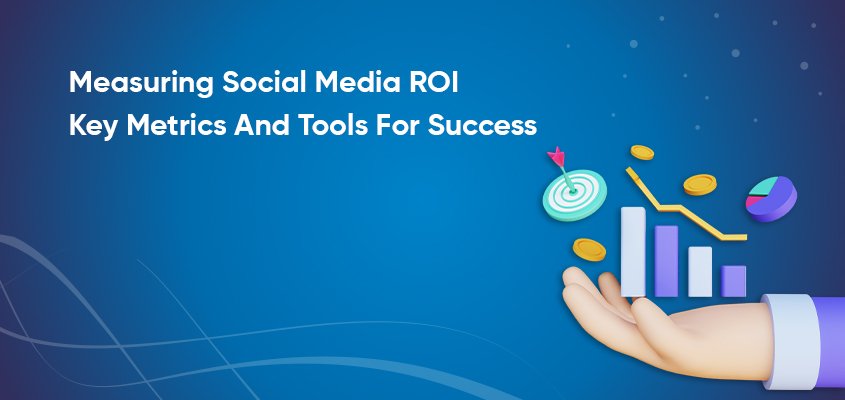In today’s digital age, social media marketing has become an essential part of any successful marketing strategy. For businesses looking to increase their online presence and effectively engage with their target audience, investing in a digital marketing company, especially social media marketing services, is crucial.
In this blog post, we’ll explore the key metrics and tools Reach First uses to measure the return on investment (ROI) of its social media efforts. By understanding these metrics and using the right tools, you can optimize your social media campaigns and achieve tremendous success.
Also read: Decoding Success: The Power of Competitive Analysis in Digital Marketing
Set clear goals
![]()
Before diving into social media metrics and tools, it’s important to set clear goals for your social media marketing campaigns. Whether you want to increase brand awareness, increase website traffic, or generate leads, clearly defined goals provide the necessary framework for effectively measuring ROI.
Engagement metrics
![]()
Social media platforms offer a wealth of metrics to assess the level of engagement their content generates. Social media marketing tools help us track metrics like likes, shares, comments and mentions to assess how well their content is being received by their target audience.
High engagement rates mean the content is relevant and engaging and increases the likelihood of reaching potential customers.
Reach and impressions
Reach and impressions are important indicators of how social media content reaches its target group. Reach refers to the number of unique users who see a post, while impressions indicate the total number of times the content is viewed.
Analyzing these metrics helps determine reach efficiency and the potential for increased brand presence.
Click-through rates (CTR)
![]()
CTR is a crucial metric for measuring the effectiveness of call-to-action (CTA) in social media campaigns. A higher CTR indicates that the audience is responding positively to the CTA, resulting in higher website traffic and potential conversions.
Conversion rates
![]()
The ultimate goal of any social media marketing effort is to convert prospects into customers. As social marketers, we use conversion tracking tools to measure the number of conversions resulting from our social media campaigns.
This data allows us to use resources more efficiently and focus on strategies that drive higher conversion rates for our customers.
Referral traffic
![]()
Referral traffic represents the number of website visitors referred to your website from social media platforms. By monitoring this metric, social media marketers can evaluate the impact of their social media efforts on driving website traffic and determine which platforms are most effective at generating leads.
Social media ROI tools
![]()
To simplify the process of measuring social media ROI, Reach First uses various tools available on the market. Tools like Google Analytics, Hootsuite, and Sprout Social provide valuable insights into social media performance and help the business make data-driven decisions.
Customer Acquisition Cost (CAC)
![]()
Customer acquisition costs are the amount of money a company spends on acquiring a new customer through social media marketing efforts. To calculate CAC, total social media marketing spend is divided by the number of new customers acquired in a given period.
By keeping a close eye on this metric, we determine the cost-effectiveness of our social media campaigns and adjust our strategies accordingly.
Customer Lifetime Value (CLV)
![]()
Understanding the customer’s lifetime value is crucial to assessing the long-term impact of social media marketing. CLV represents the average revenue generated by an individual customer throughout their relationship with brands or companies.
By comparing CLV and CAC, the company can determine whether its social media efforts are leading to profitable customer relationships.
Sentiment analysis
![]()
In the digital age, brand perception plays a crucial role in the success of any company. You can use sentiment analysis tools to gauge the mood of online conversations around your brand on social media.
A positive sentiment indicates positive perception, while a negative sentiment requires quick reputation management. By analyzing sentiment, Reach First maintains a positive brand image and strengthens relationships with its audience.
Influence of social media influencers
![]()
Influencer marketing has become a powerful strategy for brands looking to create an authentic connection with their audience. By collaborating with social media influencers, we reach a wider audience and gain more followers, leads and conversions.
By measuring the impact of influencer campaigns using unique discount codes, affiliate links or tracking URLs, we can evaluate the ROI of influencer partnerships.

